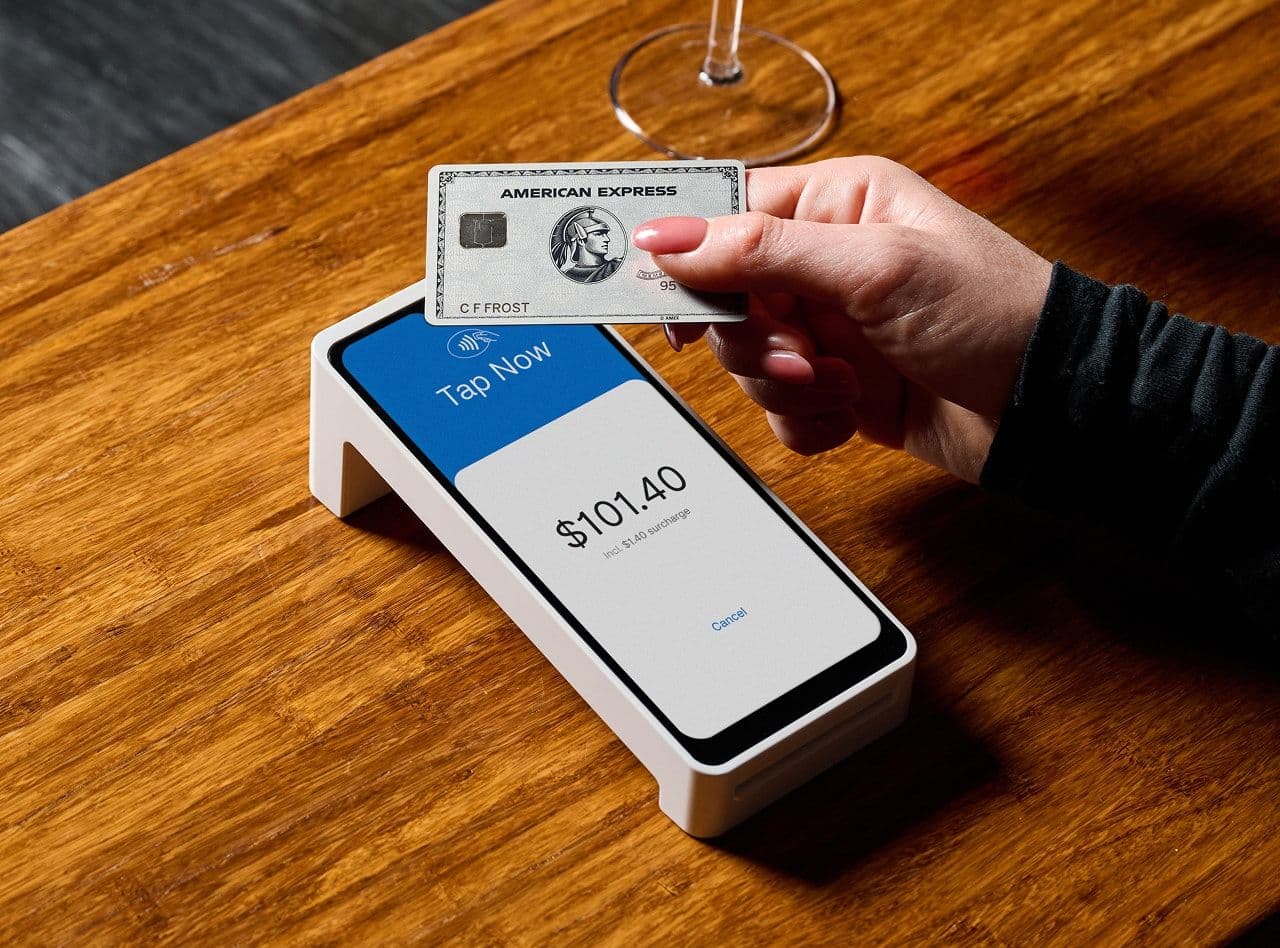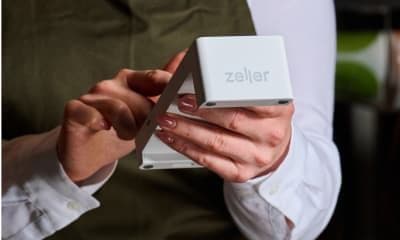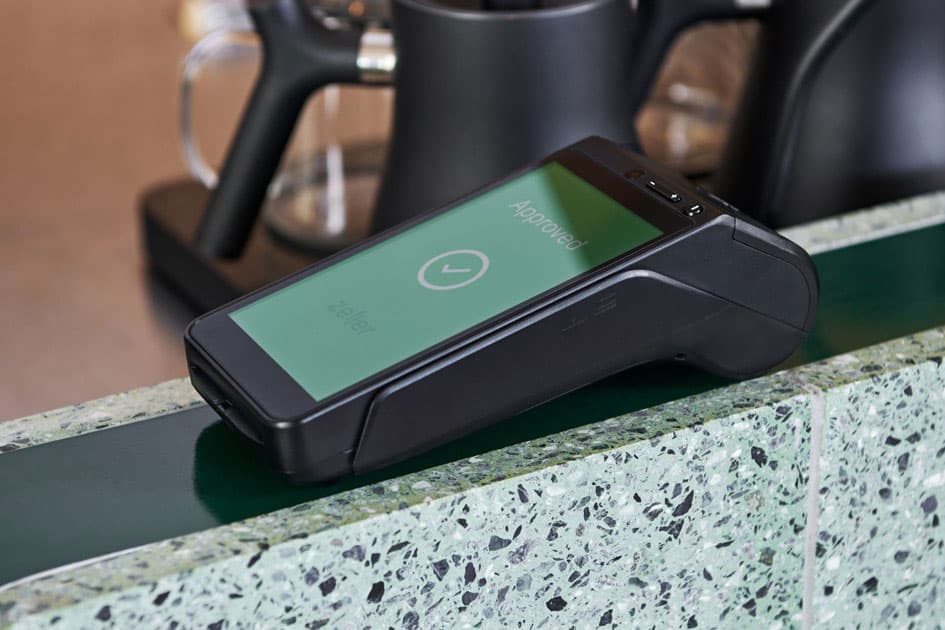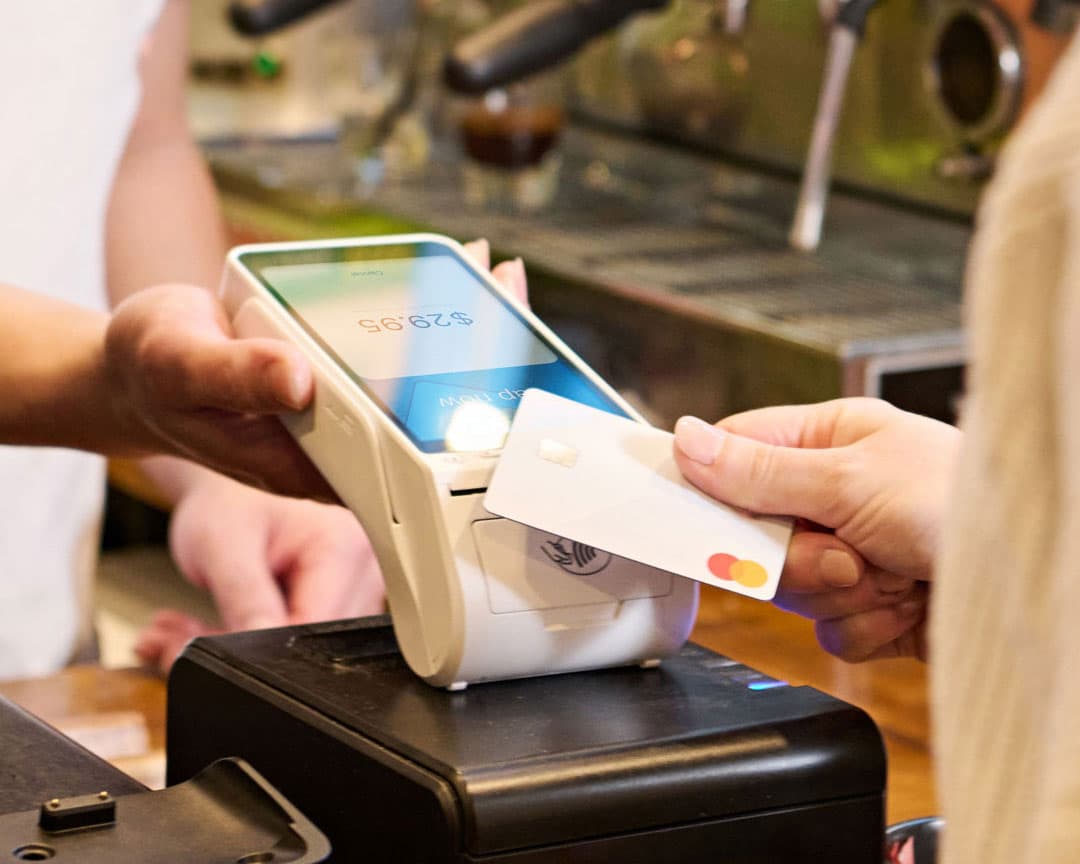
- EFTPOS & Point of Sale Solutions
9 Questions to Ask When Buying an EFTPOS Terminal
Here's what you need to know about finding the right EFTPOS terminal.
Searching for a next-gen EFTPOS machine that accepts modern payment methods, processes payments quickly, settles funds into your business account as fast as possible, and looks good on your countertop?
Finding the right terminal for your business is important – you’ll rely on it for secure, fast cashless payments that keep your cash flow looking healthy. Some terminal providers will lock you into long contracts, with expensive termination fees, so knowing what to look out for is key.
Keep reading to discover the nine questions you should keep in mind when comparing EFTPOS terminals.
1. Do I understand the fees?
Many business owners don’t realise they are agreeing to pay hidden fees, such as expensive terminal fees, until it’s too late. Sign the dotted line and you could be agreeing to pay a lot more than anticipated for your EFTPOS machine — and lock-in contracts usually come with hefty fees for early cancellation.
Otherwise cautious business owners fall victim to hidden EFTPOS terminal fees time and time again. However, these fees are required by law to be disclosed somewhere – you just need to know where to look. Make sure to go through the terms and conditions with a fine-tooth comb; never solely rely on a verbal quote. If you’re already using an EFTPOS machine, check your merchant statement as this will tell you the processing fees and other fees you’re currently paying.
It’s also important to remember that, in most cases, if you decide to rent your EFTPOS terminal you won’t own it at the end of the payment period. You’re simply paying for the privilege of using it, and will be left empty-handed when the contract ends. Although renting may look like an affordable option at first, it’s a tactic designed to get business owners to pay far more than what the terminal is actually worth.
Zeller Terminal 1 is yours to own for just $99, and Zeller Terminal 2 is just $199 outright. There’s no lock-in contract or hidden fees; we know you’ll keep using your Zeller Terminal because you love it, not because you have to. Learn more about Zeller Terminal and whether it’s the right solution for your business.
2. Will it be easy to use?
Taking payment is usually the last interaction a member of your staff has with a customer. However, time wasted teaching staff the intricacies of a confusing system is time that could be better spent on other parts of the business.
The ease with which staff process a payment affects the customer experience at every business.
Your EFTPOS payments terminal needs to be easy for all staff to use, with minimal training. This is especially important if you run a retail store that hires casual staff during peak holiday and sales periods, or in another business that regularly hires new workers.
When shopping for an EFTPOS terminal, consider whether it has been designed by a team that understands your business. Are the prompts straightforward? Is the user flow intuitive? Your terminal should feel natural and simple to use. If it is, your staff will save time with every transaction – and you’ll save time training them how to use it.
3. Can I customise it to suit my business?
Some EFTPOS payment terminal providers will force your business to work their way. This is related to the point above: if you choose a provider who understands your business, you’ll likely find there’s no need to change your internal workflows. An EFTPOS terminal should fit the way you want your business to work.
When selecting a terminal provider, consider how well it fits with your established processes. For example, you might want the ability to:
restrict the ability to provide a customer with a refund to a small pool of staff, such as managers
charge your customers a surcharge
enable tipping
customise your receipts
Choose a provider that gives you the power to customise the way you accept and manage your payments and you’ll save yourself from needing to retrofit your processes to fit the tool.
4. What happens if my internet cuts out?
Your business needs to be able to continue processing cashless payments even during periods of internet outage. You don’t want to have to send your customers to the closest ATM, or have them scrambling for cash.
Occasionally, small periods of service downtime will be unavoidable. Your internet provider might be down for routine maintenance or there may be a power cut to your area, or another technological issue may impact how your EFTPOS terminal connects to the internet.
However, any period of downtime has the potential to negatively affect your business — the impacted customer may never return. That’s why, when you choose Zeller Terminal, you have the option to switch to another network. If you’re experiencing issues with your Wi-Fi provider, it’s simple to connect via 3G to another network and continue processing payments using your SIM card.
5. How often will I need to charge it?
These days, many businesses are run on the go — so a mobile EFTPOS terminal is a must. Cafes and restaurants that take payment from the table depend upon a long-lasting battery to get through the day. For a retail store, a long-lasting battery provides the flexibility to take payments from wherever is convenient for the customer. For mobile services such as trades and beauty technicians, having the ability to take payment on the go saves you the hassle of returning to your computer, sending an invoice, then following up until payment is finalised.
It’s essential that the EFTPOS terminal you choose has enough battery life to give you peace of mind that you’ll never miss out on crucial transactions.
6. How fast can I put my funds to work?
Depending on which payment services provider you choose to use, you could access your funds the same day you earn them – or you could be waiting upwards of three business days.
The speed of settlement can have a big impact on your cash flow. Choose a provider that’s slow to settle, and you may find yourself in the frustrating situation of needing a business loan to tide you over until your funds are released.
When you use your Zeller Terminal in combination with your free Zeller Transaction Account, you’ll get same-day settlement for your funds so you can spend using your Zeller Debit Card. Or, if you want to use your existing business bank account, your funds will settle the next business day.
7. Is there setup and ongoing support?
Painful setup, hard-to-follow instructions, and uncontactable customer service representatives are headaches you simply don’t need.
Some EFTPOS terminal providers are intuitive enough to use out of the box, whereas others come with a booklet of instructions you’ll need to follow. Or, you may be asked to book a technician to manage the setup on-site.
Once you’re up and running, having multiple ways to ask for help – whenever you need it — is important. If your business operates in the evening and on weekends, look for a provider that offers extended support hours. If something goes wrong and you need answers fast, you need to feel confident that someone will pick up the phone on the other end.
8. Will it protect my business?
Fraud is a risk for businesses of any size. Recurring chargeback fraud, in particular, can be costly for a business. When considering any financial services provider, it’s important to check whether it's backed by a team of security experts. You’re trusting this business to handle your money.
Zeller’s Support team monitors transactions round the clock — 24 hours, 7 days a week — to prevent fraud before it happens. Backed up by intelligent machine monitoring, our team works to identify and respond to fraudulent attacks in real-time.
9. How soon can I get it?
If you’re ready to start selling your products or services now, choosing an EFTPOS terminal that takes weeks to be delivered is an unnecessary setback. Why eat into valuable time you could be turning a profit?
Ideally, your EFTPOS terminal will be available for delivery quickly. Even if you’re not ready to start accepting payments at your business, getting your EFTPOS payment terminal as soon as possible will give you extra time to get up to speed with its features and options for customisation.
We offer fast, free shipping anywhere in Australia, for all Zeller purchases. Sign up for Zeller in minutes. Zeller Terminal and accessories can be purchased online from the Zeller Shop with free express shipping and same-day dispatch.
Once you’ve considered these nine questions, you should have a good idea of the non-negotiables you need from your EFTPOS terminal provider. Remember to always read the fine print and understand what you’re really paying for when you sign the dotted line.



